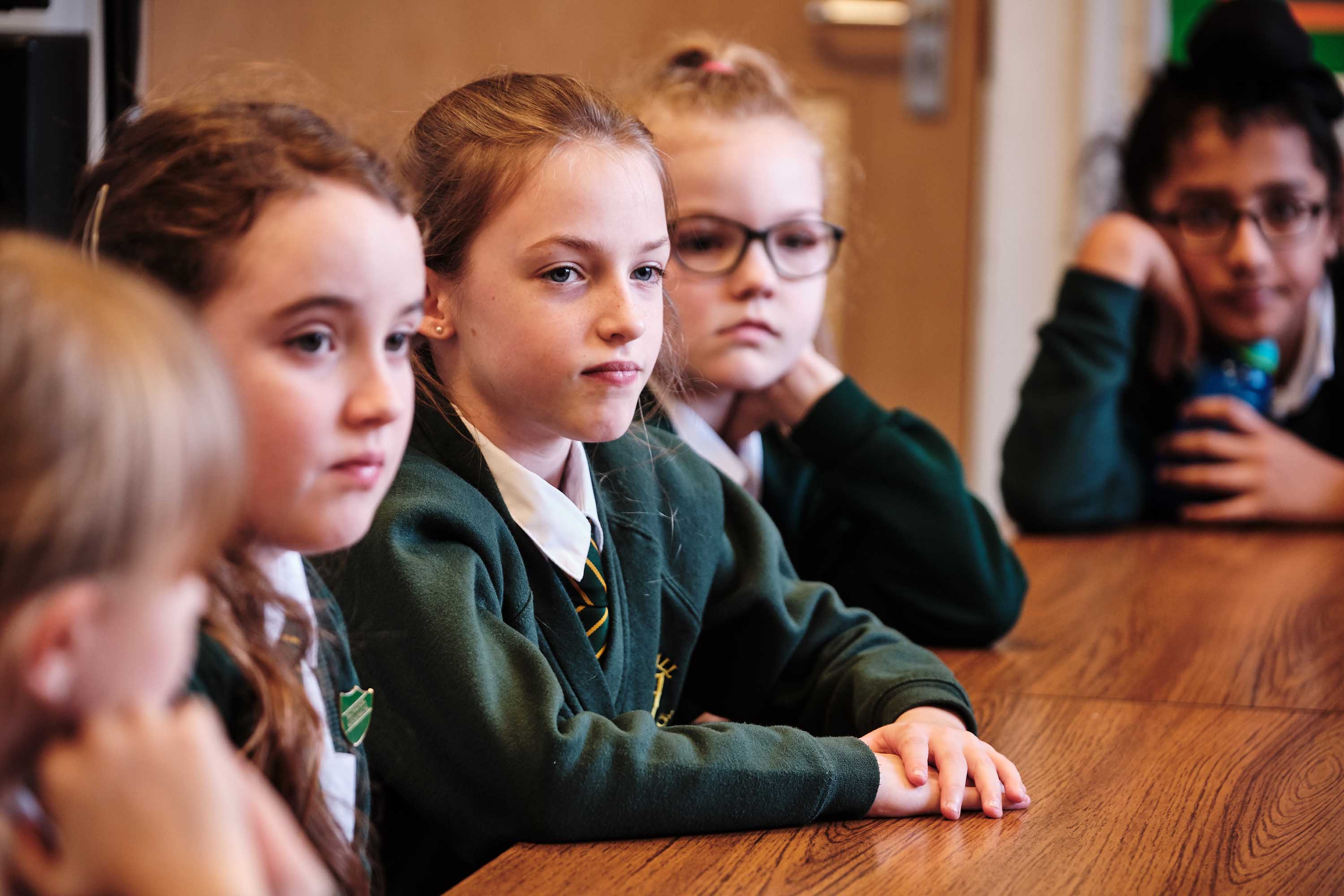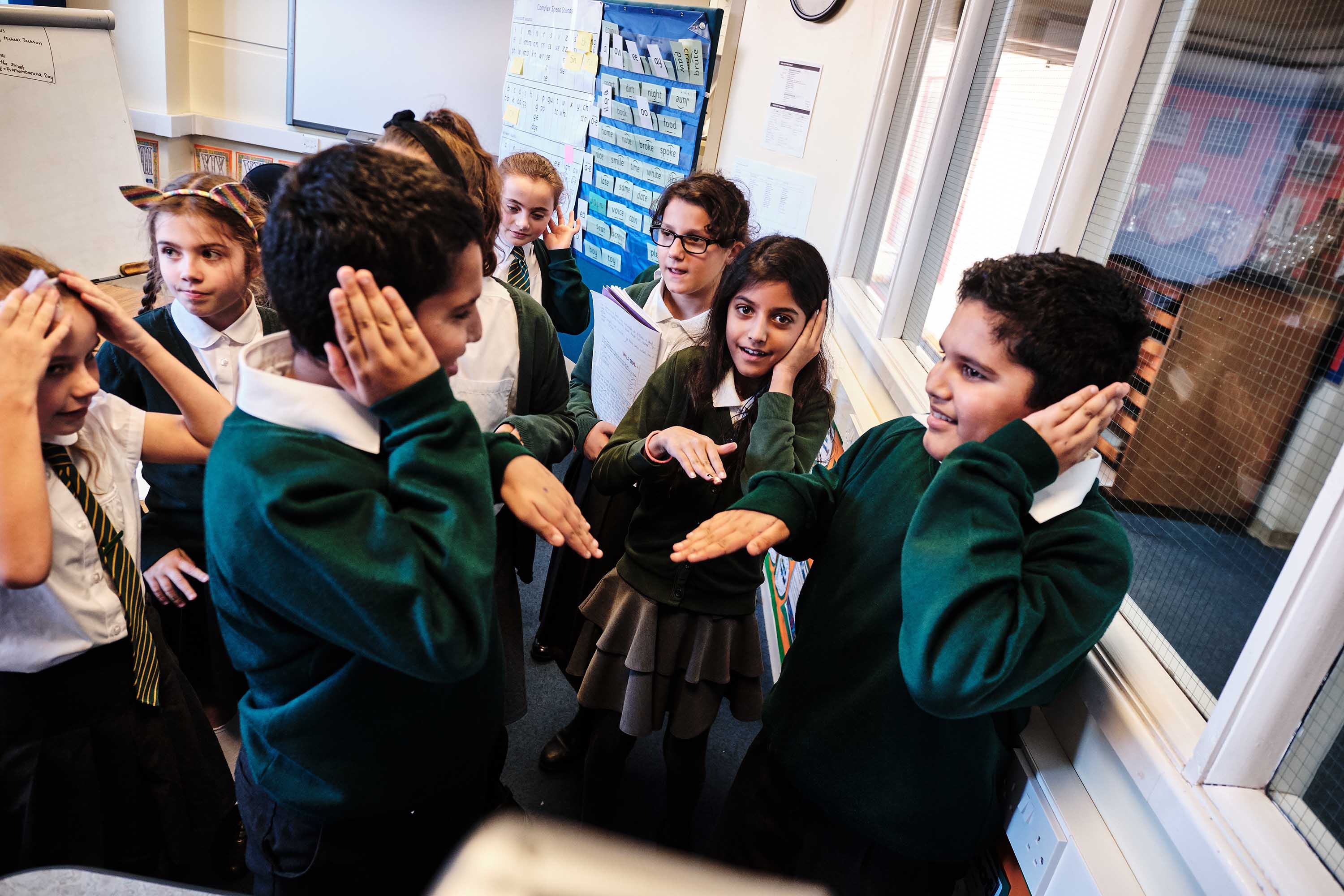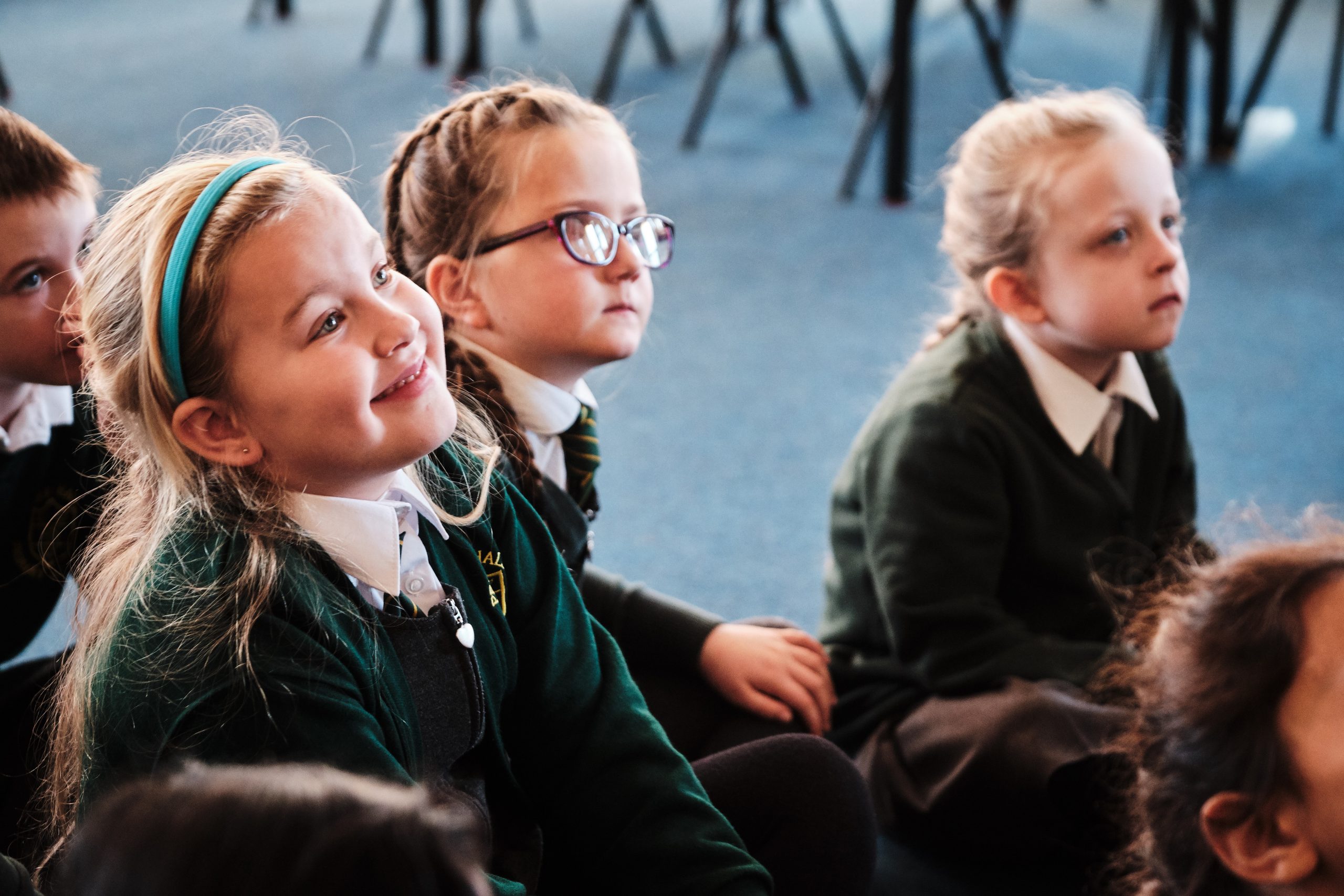Design technology
Subject Leader – Miss Dangerfield
Design Technology at Perry Hall
Throughout Design and Technology at Perry Hall we encourage children to develop their design, practical and technical skills over time. We make links within our lessons to the real world and how this will help them in the world of work by developing perseverance, resourcefulness and confidence to take risks. The curriculum is carefully developed so children’s knowledge of materials, structures and mechanisms is developed during their whole school journey. We also teach children about healthy eating which links to PSHE and how they can design and make a range of different dishes.
We teach DT through the PKC curriculum; we aim to inspire students to think about the important and integral role which design and the creation of designed products play in our society. The curriculum is split into three different areas: ‘cook’, ‘sew’ and ‘build’. It is designed so that each year group will complete a unit of work in these three different areas once a year. Two different ‘aspects’ of design are interwoven into the three areas of study: the environment and sustainability, and enterprise and innovation. These ‘aspects’ acknowledge enduring and contemporary concerns of modern design.
By the time our children leave us we hope that children have all had an opportunity to experience using a range of different resources and equipment whilst learning to do this safely and creatively. We aim to give them as many hands-on experiences as possible throughout their time at school to help raise independence and ambition.
- In ‘cook’ students learn to cook from recipes which gradually build basic culinary skills, culminating in year six with the creation of a mezze-style meal requiring the pupils to produce various small dishes. Whilst studying these practical skills they learn about concepts relating to food such as nutrition, seasonality, food production, transportation and food from different cultures.
- In ‘sew’ students practise using fabric and thread to learn basic sewing techniques to create objects which demonstrate embroidery, appliqué, weaving and plaiting. Concepts such as the properties and creation of different fabrics, fast fashion, industrialisation, waste, recycling and pollution are interwoven into these activities.
- In ‘build’ students learn about the creation of structures and mechanical and electrical devices to create products such as cars, moving cards, toys and books. This culminates with year six learning to consider the user in real life, designing a water wall for children in reception. Once again, the practical process of designing and creating a product is interleaved with learning about concepts which have a bearing on what the students make. These concepts, for example force, motion and the properties of materials are often connected with those encountered in the science curriculum.



WHY IS DESIGN TECHNOLOGY IMPORTANT TO OUR CHILDREN?
Year 3 Child
We like planning our work and following a step-by-step process.
Year 5 Child
We like to be creative and construct things. We can learn to be inventors.
Our subject leader
Click here for our subject leader biography.
DESIGN TECHNOLOGY in EYFS
This document demonstrates which statements from the 2021 Birth to 5 Matters are prerequisite skills for DT within the national curriculum. The table below outlines the most relevant statements taken from the Early Learning Goals in the EYFS statutory framework and the Birth to 5 Matters age ranges for Three and Four-Year-Olds and Reception to match the programme of study for DT.
The most relevant statements for DT are taken from the following area of learning: Expressive Art and Design
Twos provision
- Explore different materials, using all their senses to investigate them.
- Manipulate and play with different materials.
- Use their imagination as they consider what they can do with different materials.
- Make simple models which express their ideas.
Nursery
- Explore different materials freely, to develop their ideas about how to use them and what to make.
- Develop their own ideas and then decide which materials to use to express them.
- Join different materials and explore different textures.
Reception
- Return to and build on their previous learning, refining ideas and developing their ability to represent them.
- Create collaboratively, sharing ideas, resources and skills.
End of Reception Early Learning Goals (ELG)
Creating with materials
- Safely use and explore a variety of materials, tools and techniques, experimenting with colour, design, texture, form and function.
- Share their creations, explaining the process they have used.
Cultural Capital opportunities in DESIGN TECHNOLOGY
EYFS
-
School rules
-
School Values
-
Whole school collaboration on Awareness key days (anti-bullying week, children’s mental health week, National Oral health day, Safer Internet day, Healthy eating week)
Key Stage 1
-
School rules
-
School Values
-
Assemblies – Values, Celebration, awareness key days
-
Whole school collaboration on Awareness key days (anti-bullying week, children’s mental health week, National Oral health day, Safer Internet day, Healthy eating week)
Key Stage 2
-
School rules
-
School Values
-
Assemblies – Values, Celebration, awareness key days
-
Whole school collaboration on Awareness key days (anti-bullying week, children’s mental health week, National Oral health day, Safer Internet day, Healthy eating week)
